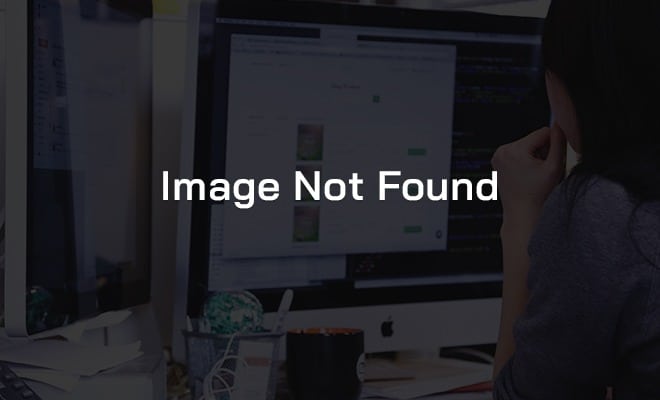4 Website Design Trends in 2015
Design elements that were once popular such as Flash are largely outdated as more companies shift their attention on simple and efficient designs. Why? Because designs that remove all distractions and provide an intuitive user experience are more likely to drive conversions. And sites with a poor user experience only serve to push visitors away.
4 Website Design Trends in 2015 | Perth Web Design Website design is constantly evolving.
Design elements that were once popular such as Flash are largely outdated as more companies shift their attention on simple and efficient designs. Why? Because designs that remove all distractions and provide an intuitive user experience are more likely to drive conversions. And sites with a poor user experience only serve to push visitors away.
Users ultimately dictate the success of a site.
So trends will move in a direction that increases engagement with designs that are more elegant and appealing. The objective will of course be the same for every business owner: to drive profitable action and guide visitors down the sales funnel.
With that said, here are 4 website design trends you can expect to see more of in 2015.
1. Responsive Design
Users around the world access online content with more than one device.
This presents a challenge from a design standpoint. A site designed only for desktops provides a poor user experience for those on mobile devices. Which is actually more likely to push mobile visitors away to competing sites that have a more user friendly design, thus reducing site conversions.
Responsive design addresses such concerns.
The layout dynamically changes to best fit the screen resolution whether the user is on a smartphone or tablet. Responsive design isn’t just necessary, it’s expected and is even Google’s recommended configuration. This trend will soon be the norm so it’s best to plan a complete redesign of your site if it isn’t responsive already.
2. Flat Design
Flat design has gained considerable momentum over the last few years.
One of the best examples is with Apple moving away from skeuomorphism in its design language which can be seen in its latest mobile and desktop operating systems. Even Material Design from Google as used in the latest Android operating system strips away stylistic choices and instead uses minimal elements for a flatter appearance. It’s clear that flat design is here to stay.
Here is an example of what this looks like from Square:

Flat design strips away all the clutter and focuses on minimalist principles.
3. Large Images as Backgrounds
Using imagery is a powerful way to make your site stand out and capture attention. But now more brands are beginning to use images as the entire background. In fact, you may have already seen something like this before.
Here is an example from Fitbit which shows this in action:

The image used beautifully complements the product. Using images in this manner was simply not practical in the early days due to limited bandwidth, but it has become less of a problem over time. You can definitely expect to see more of this trend as it starts to catch on.
4. More Interactive Scrolling
Scrolling is simple and intuitive whether on a desktop or mobile site. More importantly, it requires less page loading and allows visitors to quickly read through the content just by using a mouse or swiping. It’s also much easier than having users click in different places to get the information they’re looking for.
A perfect example is the landing page for the latest iPhone 6 which provides additional details about the product without having to click on a new page. Of course, visitors can also follow links for more information about certain sections.
This is also beneficial from an SEO standpoint. Detailed analysis from serpIQ indicates that the average content length for the top 10 results for over 20,000 keywords is over 2,000 words. This doesn’t mean that pages with a lot of content will automatically rank but does indicate that there is some correlation.
Conclusion
Design is always changing.
Some trends that have recently started emerging such as flat design and interactive scrolling will continue to see strong momentum as more companies embrace them. Meanwhile other trends such as responsive design will be absolutely necessary as more users connect online with mobile devices.
Is your site lacking in the design department?
Perth Web Design can help. Our extensive experience with web design means that we can do a complete overhaul of your site to make it more appealing and attractive to your target market. Contact us today to schedule a consultation and we will be happy to help.
